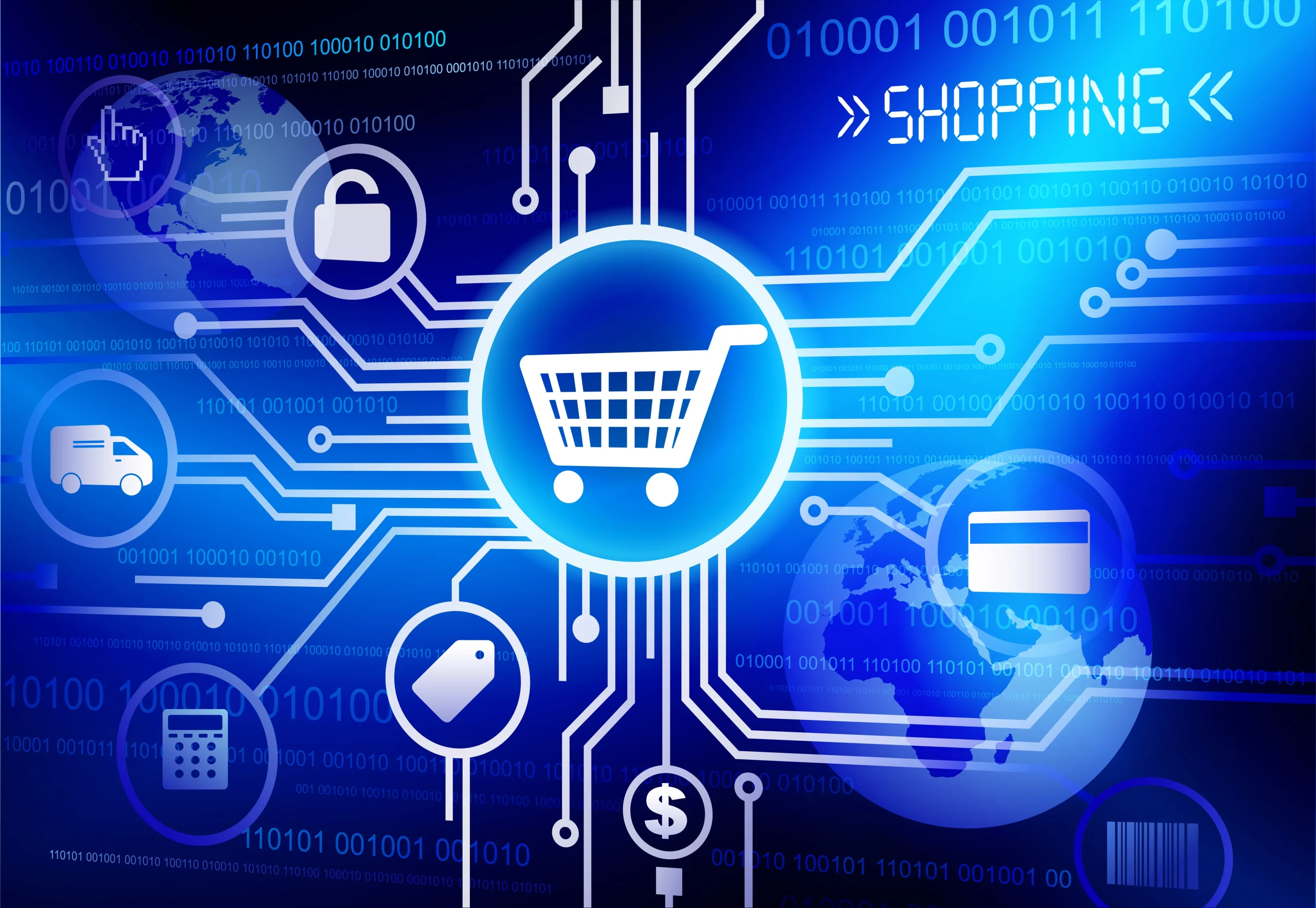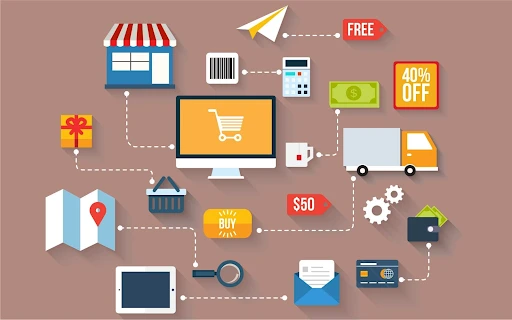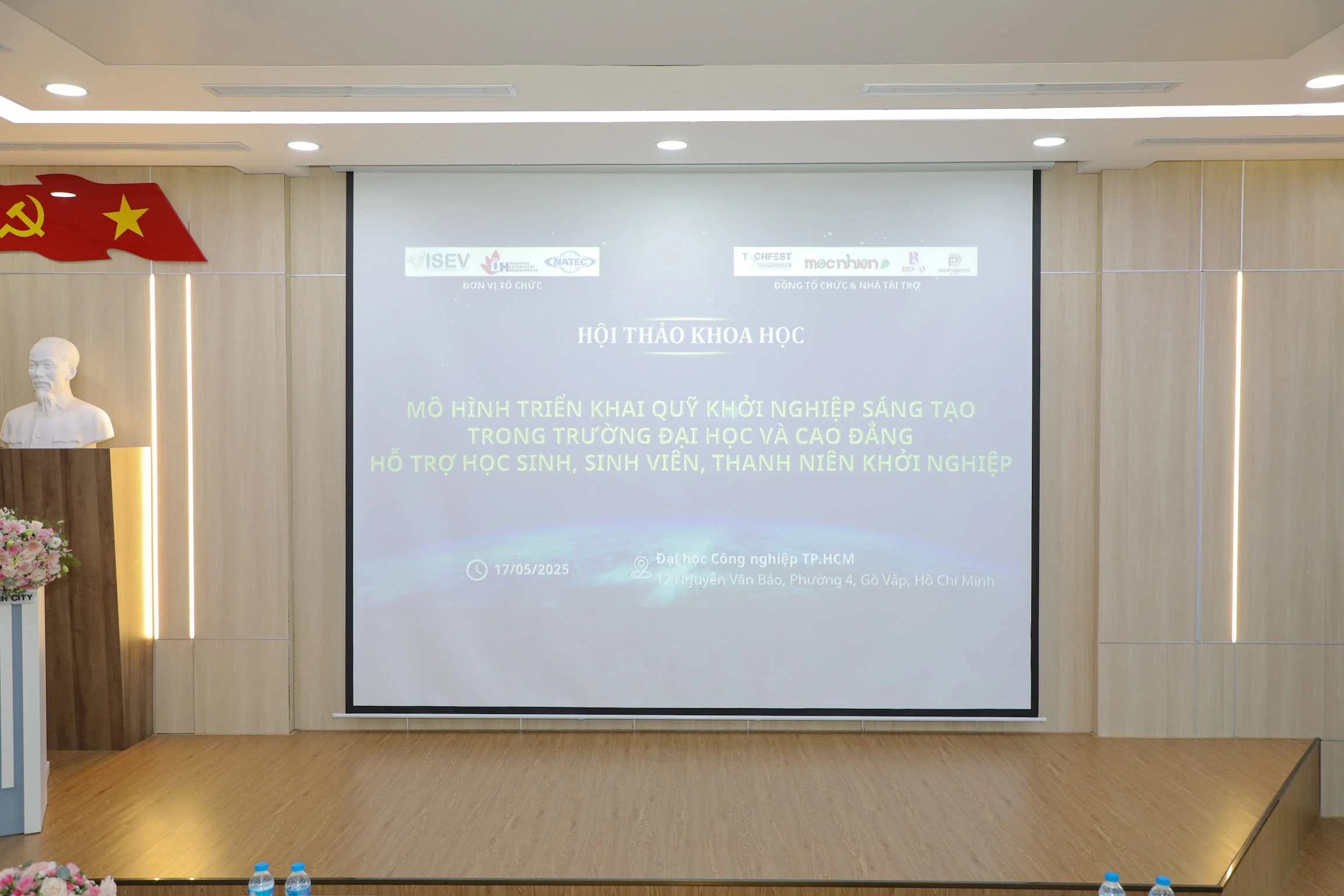According to TechEmergence, retail ranks fifth among the top 10 industries investing most heavily in artificial intelligence (AI). Two core functions of AI are driving its development and application in the retail sector:
The ability to analyze massive volumes of data and generate meaningful insights quickly.
The ability to learn from environments and patterns within ever-growing datasets, and to produce appropriate and adaptive outputs.
Below are several AI applications in retail, demonstrating how retailers can leverage the technology to enhance customer service and improve operational efficiency.
Personalized Online Experiences
Customers increasingly demand personalized online experiences, and many retailers have already customized homepages, emails, and apps to guide users toward a wide selection of available products.
AI enables retailers to present tailored content to individual consumers, thus maximizing the effectiveness of limited screen space on mobile devices. For example, Twiggle and Personali are two companies developing AI-powered e-commerce and mobile commerce solutions. Their platforms are designed to helps retailers deliver more personalized experiences for shoppers
Twiggle, based in Israel, claims that it “helps e-commerce search engines think like humans.” By using natural language processing, Twiggle’s software attempts to simulate the online experience of chatting with a sales representative in-store. This software allows online shoppers to search for specific products by voice instead of having to type keywords into the search bar of a website. Twiggle does not disclose the names of any retailers using the company’s application. However, key investors in Twiggle include Alibaba, Naspers, Yahoo! Japan, State of Mind Ventures, and MizMaa Ventures.
Personali uses behavioral economics and artificial intelligence to provide a personalized online shopping experience. Personali’s software applies current and past behavioral models to segment shoppers based on purchase probability and willingness to pay, thereby offering targeted and personalized deals to increase conversion rates. Personali has received investments from Norwest Venture Partners, Cedar Fund, and Gemini Partners.
Conversational Robots and Chatbots
Conversational chatbots are one of the prominent AI applications today. They have been developed to effectively support customers through both online and in-store queries. Chatbots have proven effective in the retail industry and are being used by many retailers to provide high-quality customer service—not just limited to basic services.
Point Inside, a company based in Washington, provides digital mapping and indoor location-based services for leading retailers such as Target and Lowe’s. The company has developed a chatbot that can help customers locate products right in the store. Users can access the chatbot through the retailer’s app to receive information about the products they want to buy. Point Inside uses smart location data and beacon systems in-store to guide customers to the exact location of the products they are searching for.
Clustaar, a startup in Paris, uses natural language processing and historical data to make their chatbots more powerful. Clustaar’s chatbot is capable of interacting with users in human-like language and can even handle some complex queries before escalating to a real support agent.
Price Optimization
Retailers at the forefront of technology, such as Amazon, can quickly change the prices of millions of products to meet consumer demand or respond to price fluctuations from competitors. This capability poses significant challenges for traditional rivals in adjusting their pricing strategies.
Third-party AI services can help traditional retailers “level the playing field” by automatically adjusting prices based on market data and other factors such as weather, promotional schedules, and competitors’ discount programs.
AI software applications can assist retailers in optimizing pricing and promotional programs by:
- Identifying price-influencing factors through real-time monitoring of weather conditions, market trends, and inventory levels.
- Automating pricing decisions for each product, across different channels and stores.
- Determining optimal entry prices for new products lacking sales history by comparing them with competitors’ offerings.
Salesforce’s Einstein Discovery integrates historical data from other Salesforce applications used by the retailer, along with attributes such as customer behavior, market segmentation, and competitive landscape, to provide intelligent pricing and promotional recommendations.
The startup Wise Athena has developed an application that uses machine learning and econometrics to predict prices and demand by stock-keeping unit (SKU) for consumer packaged goods (CPG) companies, helping them identify where to focus advertising efforts. The application processes data from competitors’ products across various retailers, regions, and segments, as well as analyzes interactions among internal products. This enables CPG companies to understand how pricing affects substitution rates and cross-elasticity, thereby building optimal promotional strategies for each retailer.
Inventory Optimization
Having the right inventory in the right quantity, at the right place, and at the right time is crucial for the retail industry. However, many retailers face issues of overstock and ineffective allocation of resources. AI-supported data analysis can help retailers maintain lean and efficient inventories, accurately forecast demand, and automate the replenishment of goods.
AI can also be used to conduct gap analysis and store layout optimization to minimize excess inventory.
Space Analysis and Store Layout
Store layout—an aspect of visual merchandising—describes the optimal placement of items on shelves or in displays to maximize sales. Retailers adjust how they display merchandise in their stores based on the preferences and needs of the local community.
AI can be utilized to develop store layout plans based on various datasets to ensure that the appropriate items are stocked in the right quantities at each store and displayed optimally alongside accompanying promotional products.
Retailers can also use AI for space analysis, such as determining the gap between expected sales and actual sales of products to plan inventory more effectively.
The robots from the startup Lakeba (Shelfie) help retailers establish standardized store layouts, correct mispriced items on shelves, and conduct space analysis. This robot is tall and cylindrical, equipped with cameras and scanners throughout its body, moving across the store floor in a circular path. It employs computer vision and AI to scan shelves, alerting retail staff when products need to be restocked, rearranged, or cleaned up.
Two other startups, Simbe Robotics and Bossa Nova, are also developing robots that operate in similar ways. These robots can check for out-of-stock items, low quantities, misplaced products, and incorrect pricing on shelves. Bossa Nova’s robot is currently being tested in some Walmart stores.
Demand Forecasting and Automated Replenishment
Accurately forecasting demand for each store location poses a challenge for management and retail planners, as they must consider various variables such as market conditions, weather, regional trends, and historical data.
AI applications can integrate these diverse data types to identify which products need timely replenishment and predict demand for each store, at specific times, according to the particular conditions of each retailer.
AI application software can also use these forecasts to automatically notify the warehouse to send the right products and quantities to the appropriate stores—helping retailers restock shelves optimally.
Demand Forecasting and Inventory Optimization
Blue Yonder has developed a system capable of analyzing about 3 billion transactions and over 200 variables (including weather conditions and website searches) to predict future buying behavior. This system has assisted one of their major clients, Otto Group—a leading retailer in Germany—in automatically processing orders for approximately 200,000 items each month. This solution helps Otto stock the right items that customers are likely to buy, thereby shortening delivery times and reducing return rates. The system achieves an accuracy of up to 90% in forecasting which items will sell within 30 days.
Startup Vekia (France) offers supply chain management solutions for various retailers such as Leroy Merlin, Mr. Bricolage, Undiz, Tape à l’Œil, Etam, Okaidi, and Jacadi. Vekia’s application typically uses AI to manage and monitor daily inventory per store, based on product attributes such as color and size. This application calculates optimal inventory levels multiple times a day and utilizes sales data as well as historical data to automatically place replenishment orders.
Reducing Excess Inventory
AI applications not only help identify gaps, forecast inventory, and order efficiently, but also assist in reducing excess inventory, making retail operations more efficient. Excess inventory often needs to be discounted to sell, but AI can early identify products with a tendency to become surplus based on historical data, thereby preventing further accumulation.
Startup Celect provides inventory optimization tools by combining predictive analytics and machine learning to optimize retail inventory. Their “Plan Optimization” application helps retailers understand the impact of each product on the overall portfolio, thereby freeing up space for potentially more popular items.
Diwo, another startup, has created an application that continuously monitors SKU items that tend to be overstocked. This application also analyzes shopping prices in real-time and identifies their negative impacts on sales. Diwo provides a comprehensive and real-time overview of inventory data across the enterprise, helping assess inventory needs based on actual customer demand. For slow-selling products, Diwo identifies the causes and suggests appropriate promotional strategies.
Improving the Retail Experience
Consumer demands for online shopping are always changing, so retailers, whether they want to or not, need to provide a better in-store shopping experience. They need to eliminate barriers in the purchase journey, increase customer interaction, and bridge the gap between e-commerce and in-store experiences.
In stores, AI-integrated kiosks and mobile point-of-sale systems can help provide a more customized experience for customers, such as tablets available in-store. Startup Talespin (India) and Pega (USA) have developed AI applications on tablets/mobile devices to help sales staff advise and assist customers more effectively.
Some retailers are also implementing facial recognition technology in-store to identify VIP customers, allowing staff to provide more premium service.
Smart Mirrors and Virtual Try-On Experiences
Kairos’s application helps identify customers and recognize age, gender, mood, and facial features. This technology can alert staff when VIP customers enter the store and activate their personal shopping profiles, membership cards, etc.
Smart mirrors are an advanced technology allowing customers to try on clothes and makeup through a virtual experience. These mirrors can make product suggestions based on age, gender, weather, and trends.
Startup Holition has created virtual mirrors that allow customers to try on clothes in different colors, while ModiFace—now owned by L’Oréal— is developing augmented reality mirrors that enable users to try different makeup styles.
Checkout-Free Store Models
Checkout-free stores, where customers do not need to stand in line to pay, provide another way to create a smoother experience. Aipoly offers product and customer recognition technology, allowing customers to simply pick up products and leave the store.
AiFi is another computer vision startup providing checkout-free retail software. The company claims its system is flexible, easy to install, and scalable, suitable for all store sizes, from small to large.
Source: National Agency for Science and Technology Information and Statistics





